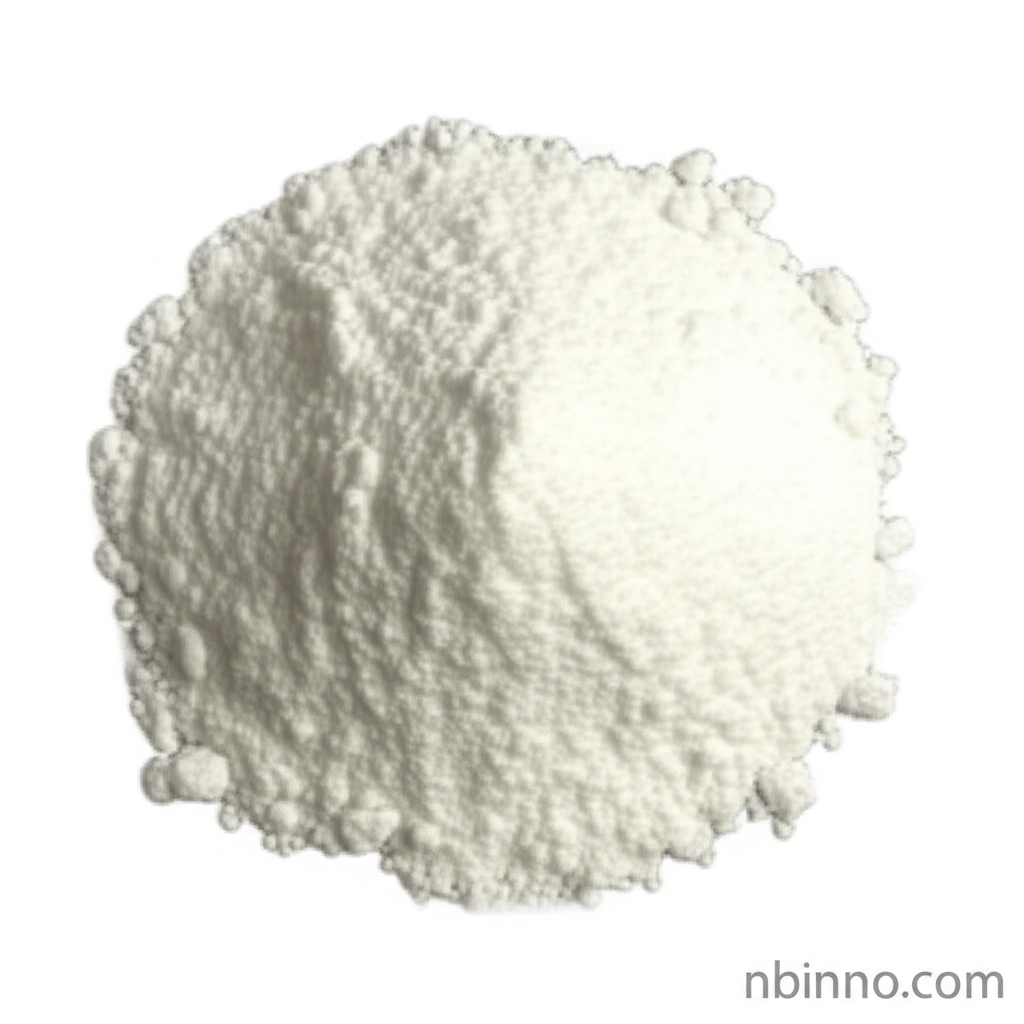Unlock Your Research Potential with 3-(4-Pyridyl)-L-alanine
A high-purity amino acid derivative essential for advanced peptide synthesis and drug discovery.
Get a Quote & SampleProduct Core Value

3-(4-Pyridyl)-L-alanine
As a specialized non-natural amino acid, 3-(4-Pyridyl)-L-alanine is an indispensable component in the realm of peptide synthesis and drug discovery. Its unique pyridyl side chain imbues molecules with distinct properties, making it a sought-after building block for researchers aiming to develop novel therapeutics and advanced materials.
- Leverage 3-(4-Pyridyl)-L-alanine synthesis for cutting-edge peptide research, enabling the creation of complex peptide sequences with enhanced functionalities.
- Utilize this pyridyl alanine peptide building block to impart specific chemical and biological characteristics to your synthesized peptides.
- Explore the diverse applications of Fmoc-3-(4-pyridyl)-L-alanine uses in drug development, from early-stage research to pharmaceutical formulation.
- Incorporate this vital non-natural amino acid for drug discovery, expanding the chemical space for novel therapeutic agents.
- Integrate it seamlessly as one of your key peptide synthesis intermediates, ensuring efficiency and reliability in your workflow.
Key Advantages
Enhanced Bioactivity
The unique structural features of this amino acid derivative in pharma contribute to improved bioactivity and efficacy in peptide-based drugs, a key benefit for researchers focused on therapeutic applications.
Versatile Building Block
Serve as a crucial medicinal chemistry building block, allowing for diverse chemical modifications and integrations within complex molecular structures.
High Purity and Stability
Ensure reliable experimental outcomes with a product that offers high purity and stability, crucial for demanding biochemical research tools and precise scientific investigations.
Key Applications
Peptide Synthesis
As a crucial peptide synthesis intermediate, it enables the precise construction of complex peptide chains, essential for biochemical and pharmaceutical research.
Drug Development
Its role as a non-natural amino acid for drug discovery highlights its importance in creating novel pharmaceutical compounds with tailored properties and improved therapeutic potential.
Bioconjugation
This compound is valuable as a bioconjugation reagent, facilitating the attachment of biomolecules to surfaces or other molecules for targeted delivery systems and diagnostics.
Material Science
Its integration into functional materials can lead to innovative applications in sensors and smart materials due to its unique chemical properties.
